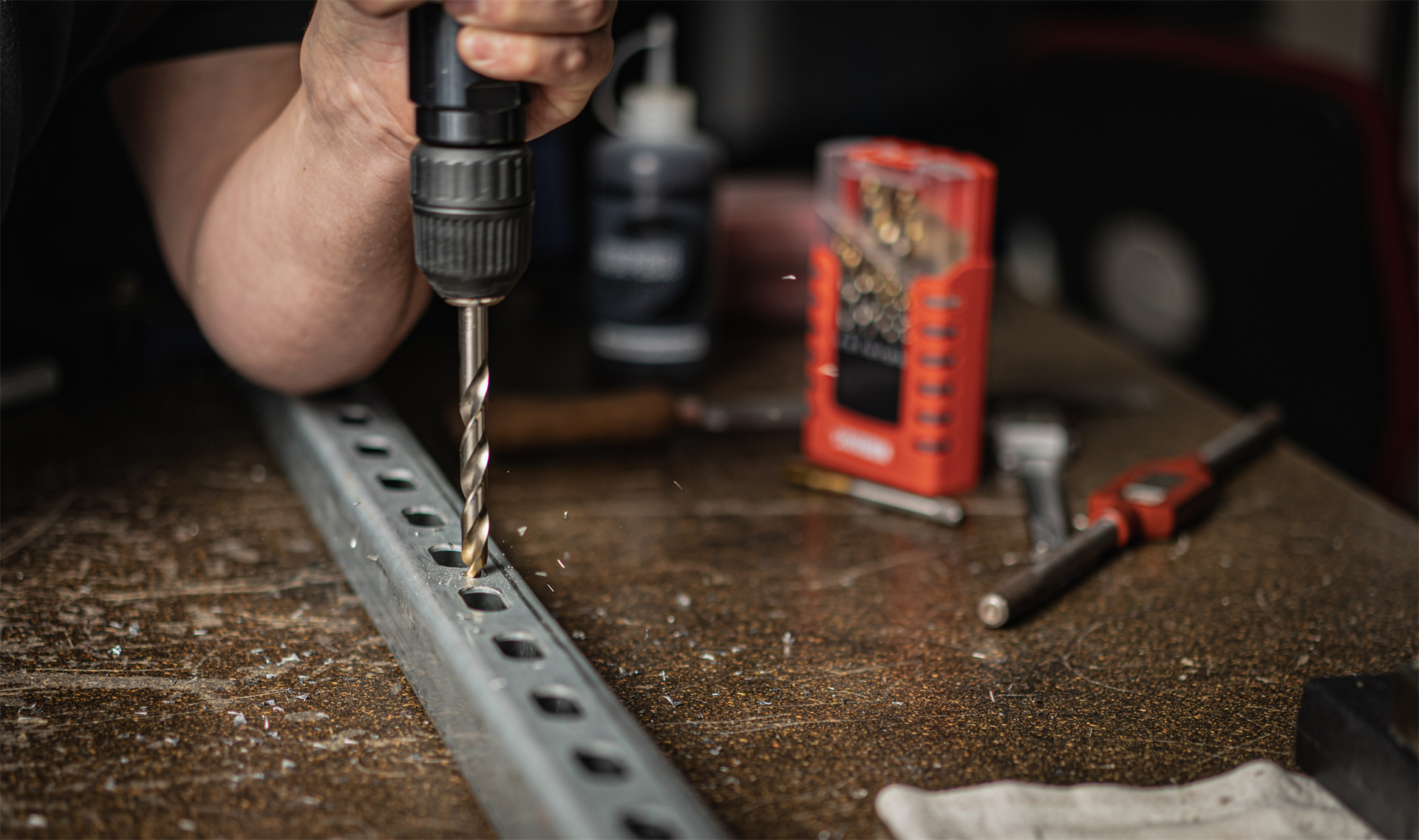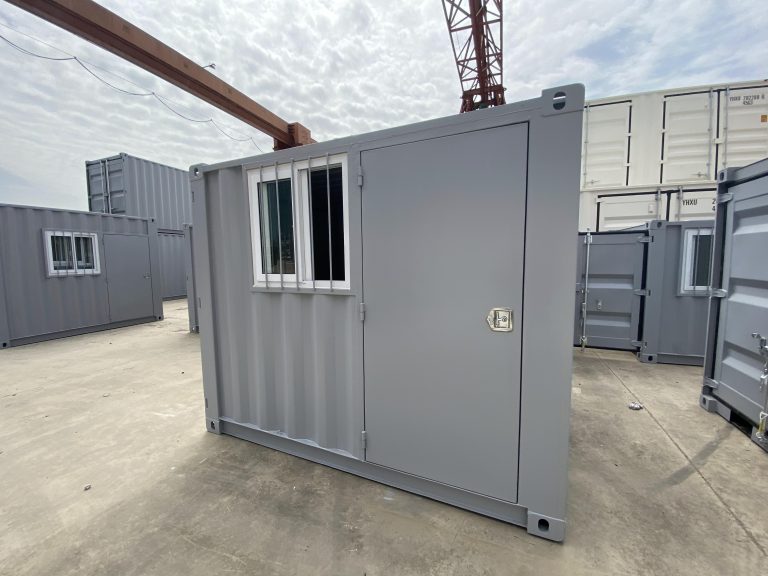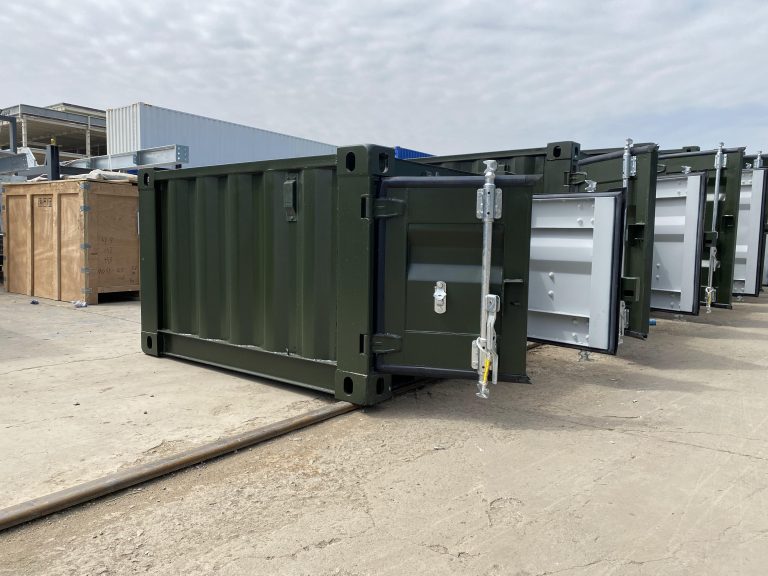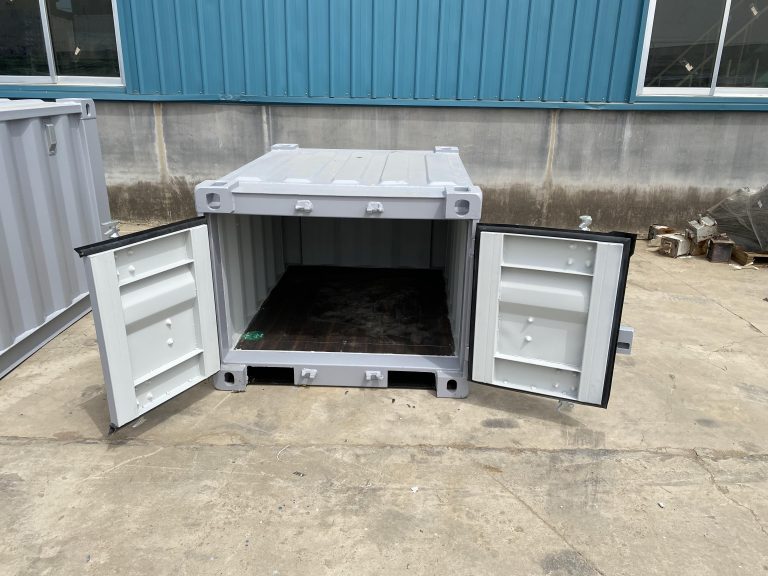Health monitoring and maintenance strategy of steel structure building based on UAV technology
Table of Contents
Benefits of Implementing UAV Technology for Health Monitoring of Steel Structure Buildings
Steel structure buildings are a common sight in urban landscapes, providing durable and versatile spaces for various purposes. However, like any other structure, steel buildings require regular monitoring and maintenance to ensure their structural integrity and longevity. Traditional methods of health monitoring and maintenance can be time-consuming, costly, and sometimes risky for workers. In recent years, the use of Unmanned Aerial Vehicles (UAVs) has emerged as a promising technology for the inspection and maintenance of steel structure buildings.
One of the key benefits of implementing UAV technology for health monitoring of steel structure buildings is the ability to access hard-to-reach areas. Steel buildings often have complex geometries and high-rise structures that can be challenging for human inspectors to access. UAVs equipped with cameras and sensors can easily navigate these areas and capture high-resolution images and data for analysis. This not only saves time and reduces the risk of accidents for workers but also allows for more thorough inspections of the entire structure.
Furthermore, UAV technology enables real-time monitoring of steel structure buildings, allowing for early detection of potential issues. By regularly flying UAVs around the building and collecting data on its condition, engineers can identify any signs of deterioration or damage before they escalate into major problems. This proactive approach to maintenance can help prevent costly repairs and ensure the safety of occupants in the building.

In addition to improving the efficiency and accuracy of inspections, UAV technology also offers cost savings for building owners. Traditional methods of health monitoring and maintenance often require scaffolding, cranes, or other equipment to access high or hard-to-reach areas. This can be expensive and time-consuming, especially for large steel structure buildings. By using UAVs, building owners can reduce the need for costly equipment and labor, resulting in significant cost savings in the long run.
Moreover, UAV technology allows for the collection of large amounts of data on the condition of steel structure buildings, which can be analyzed using advanced algorithms and software. This data-driven approach to health monitoring and maintenance enables engineers to make informed decisions about the best course of action for maintaining the building’s structural integrity. By leveraging the power of data analytics, building owners can optimize their maintenance schedules, prioritize repairs, and extend the lifespan of their steel structure buildings.
Overall, the benefits of implementing UAV technology for health monitoring of steel structure buildings are clear. From accessing hard-to-reach areas to enabling real-time monitoring and cost savings, UAVs offer a versatile and efficient solution for ensuring the structural integrity of steel buildings. By embracing this technology, building owners can proactively maintain their structures, reduce the risk of accidents, and ultimately prolong the lifespan of their valuable assets. As the use of UAV technology continues to evolve, it is likely to become an essential tool for the maintenance of steel structure buildings in the future.
Best Practices for Maintenance Strategy of Steel Structure Buildings Using UAV Technology
Steel structure buildings are a common sight in urban landscapes, providing durable and versatile spaces for a variety of purposes. However, like any structure, steel buildings require regular maintenance to ensure their longevity and structural integrity. In recent years, the use of unmanned aerial vehicles (UAVs) has emerged as a valuable tool for monitoring and maintaining steel structure buildings.
One of the key advantages of using UAV technology for health monitoring and maintenance of steel structure buildings is the ability to access hard-to-reach areas. Traditional methods of inspection often require scaffolding or cranes to reach high or inaccessible parts of a building, which can be time-consuming and costly. UAVs, on the other hand, can easily navigate tight spaces and fly to great heights, providing a comprehensive view of the building’s condition.
In addition to accessibility, UAVs offer a cost-effective solution for building maintenance. By using drones equipped with high-resolution cameras and sensors, inspectors can quickly and accurately assess the condition of a steel structure building without the need for expensive equipment or labor. This not only saves time and money but also reduces the risk of accidents associated with traditional inspection methods.
Furthermore, UAV technology allows for real-time monitoring of steel structure buildings, enabling maintenance teams to identify potential issues before they escalate into costly repairs. By regularly surveying the building’s exterior and interior, inspectors can detect signs of corrosion, wear and tear, or structural damage early on, allowing for timely intervention and preventive maintenance measures.
Another benefit of using UAVs for building maintenance is the ability to create detailed 3D models and digital twins of steel structure buildings. By capturing high-resolution images and data from multiple angles, drones can generate accurate representations of the building’s geometry and condition, which can be used for planning and decision-making purposes. These digital twins can also be updated over time to track changes in the building’s condition and monitor the effectiveness of maintenance efforts.
Incorporating UAV technology into the health monitoring and maintenance strategy of steel structure buildings requires careful planning and implementation. Inspectors must be trained to operate drones safely and effectively, ensuring compliance with regulations and best practices for aerial inspections. Additionally, data collected by UAVs must be analyzed and interpreted by qualified professionals to make informed decisions about maintenance priorities and strategies.
Overall, the use of UAV technology for monitoring and maintaining steel structure buildings offers numerous benefits, including improved accessibility, cost-effectiveness, real-time monitoring, and the creation of detailed 3D models. By incorporating drones into their maintenance strategy, building owners and operators can ensure the long-term durability and safety of their structures while minimizing downtime and repair costs. As technology continues to advance, UAVs are likely to play an increasingly important role in the maintenance of steel structure buildings, providing a valuable tool for proactive and efficient building management.








